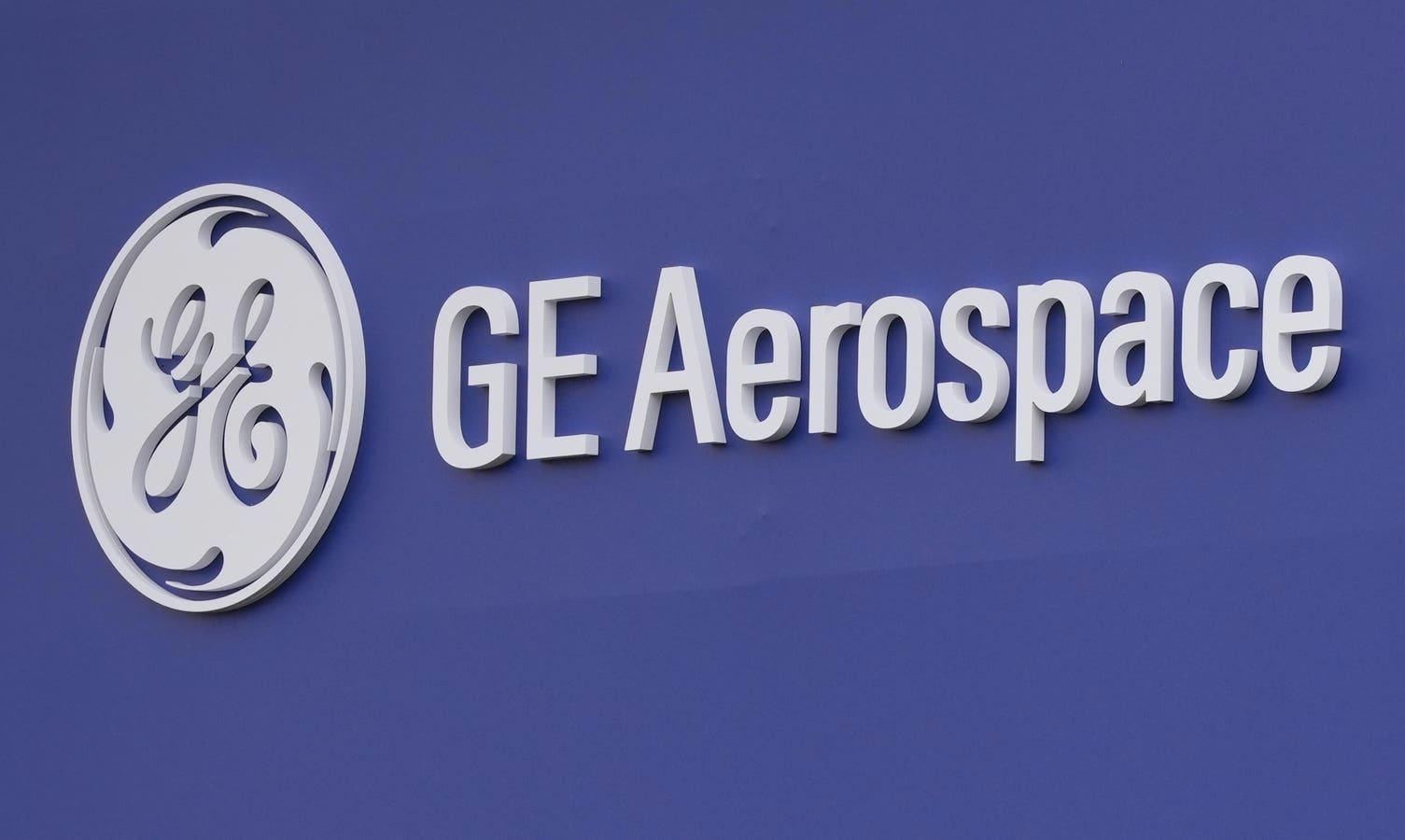
AeroGenie: il tuo copilota intelligente.
Tendenze
Categories
Engineers Develop High-Performance Aircraft in Rare Breakthrough
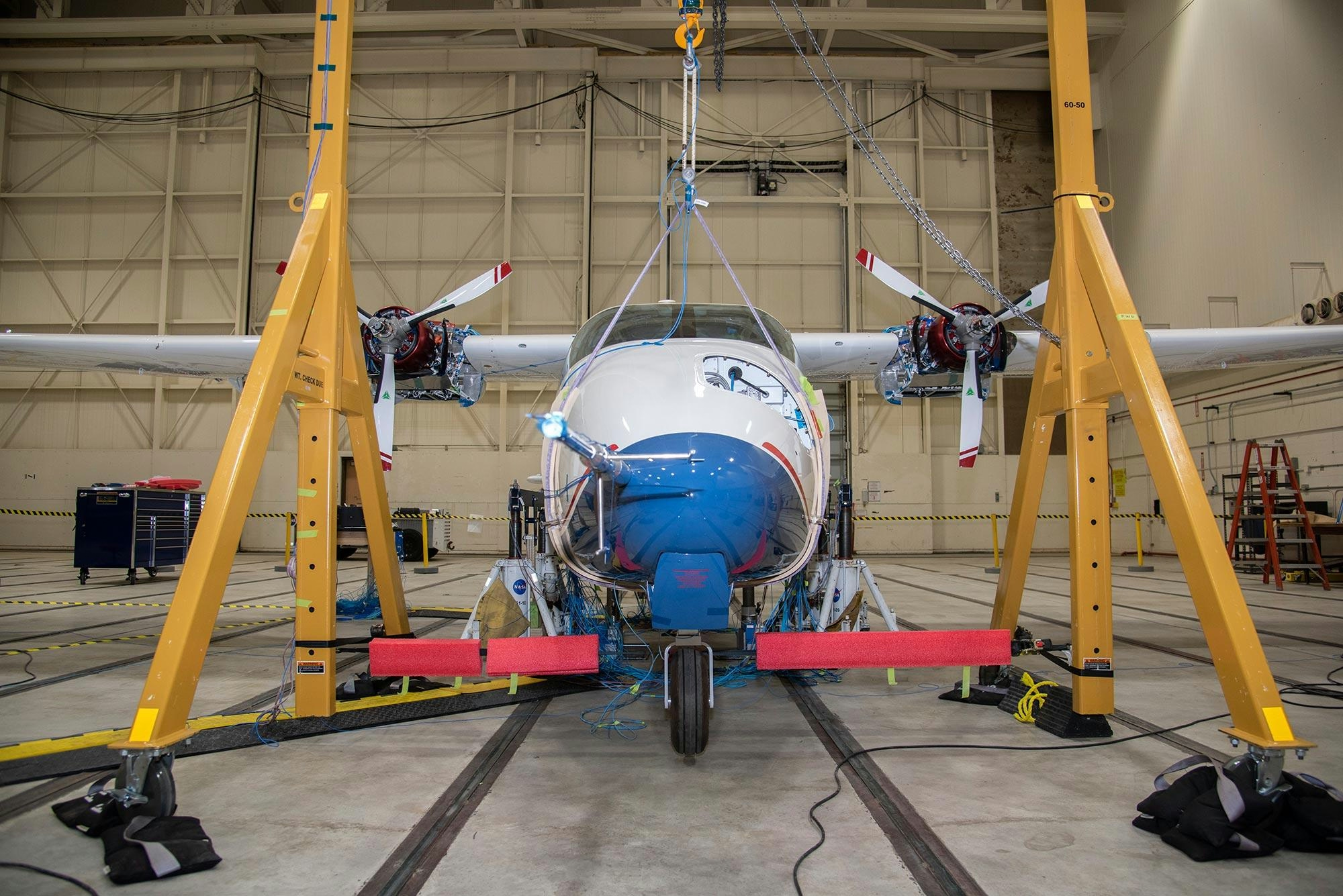
Airbus Unveils High-Speed, Eco-Friendly Rotorcraft in Aviation Breakthrough
Europe’s Airbus has introduced the RACER (Rapid and Cost-Effective Rotorcraft), a prototype poised to transform helicopter aviation by merging the speed of fixed-wing aircraft with the maneuverability of helicopters. Recently featured in the research and innovation magazine Horizon, the RACER has demonstrated significant advancements in speed, efficiency, and environmental sustainability during its initial test flights.
Innovative Design and Performance
Traditional helicopters often contend with limitations such as restricted speed, excessive noise, and high fuel consumption. The RACER addresses these challenges through a streamlined aerodynamic design that incorporates side-mounted lateral rotors alongside a redesigned main rotor. This configuration enables cruising speeds exceeding 270 miles per hour, representing an increase of more than 50% compared to conventional helicopters, according to Horizon. Airbus engineer Brice Makinadjian described the project as a rare and transformative development in aviation.
The RACER’s development was initiated under the European Union’s Clean Sky 2 program, a decade-long public-private partnership dedicated to reducing aviation’s environmental footprint. The initiative brought together over 40 companies and research institutions across 13 countries, collaboratively refining components for the demonstrator constructed by Airbus.
Environmental and Operational Advantages
Beyond its technical innovations, the RACER offers tangible benefits for emergency response and search and rescue missions by enabling faster deployment and potentially saving more lives. Its reduced noise signature also minimizes disruption in urban environments. For commercial aviation, the rotorcraft promises faster, cleaner, and more cost-effective flights.
Environmental performance remains a central focus of the project. Compared to helicopters of similar size, the RACER emits approximately 25% less carbon dioxide. An innovative “Eco Mode” allows one engine to operate while the other remains on standby, further curbing fuel consumption and emissions. The development team expects these environmental gains to improve as testing progresses.
Challenges and Industry Context
Despite its promise, the RACER faces several obstacles on the path to widespread adoption. Regulatory approval processes, substantial development costs, and competition from established aerospace manufacturers could influence its market entry. The broader electric and hybrid-electric aviation sector is also rapidly evolving, marked by increased investor interest and strategic partnerships. Recent industry developments, such as Evolito’s collaboration with Electra.aero on electric propulsion systems and Beta Technologies’ initial public offering filing, highlight the intensifying competition and innovation in this field. Established manufacturers may respond by accelerating research and development efforts or forming alliances to maintain their competitive edge.
The RACER prototype completed its maiden flight in April 2024 and has accumulated 35 hours of flight time as of September, with further testing scheduled. As urban centers, operators, and governments increasingly seek cleaner and more efficient transportation solutions, the RACER represents a significant step toward a safer, quieter, and more sustainable future in aviation.

British Airways Increases Boeing 777 Service on Short European Route

Côte d'Ivoire Explores the Impact of AI on Civil Aviation Jobs
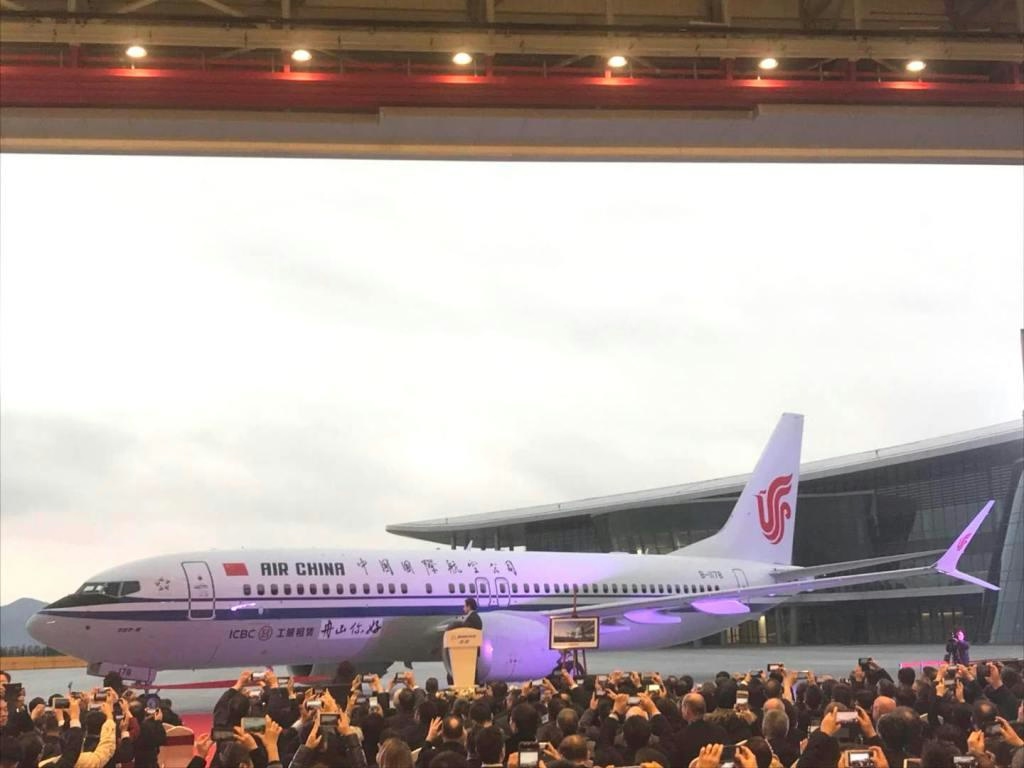
HRA Finalizes First ICBC Deal with Acquisition of 737 MAX 8 Aircraft
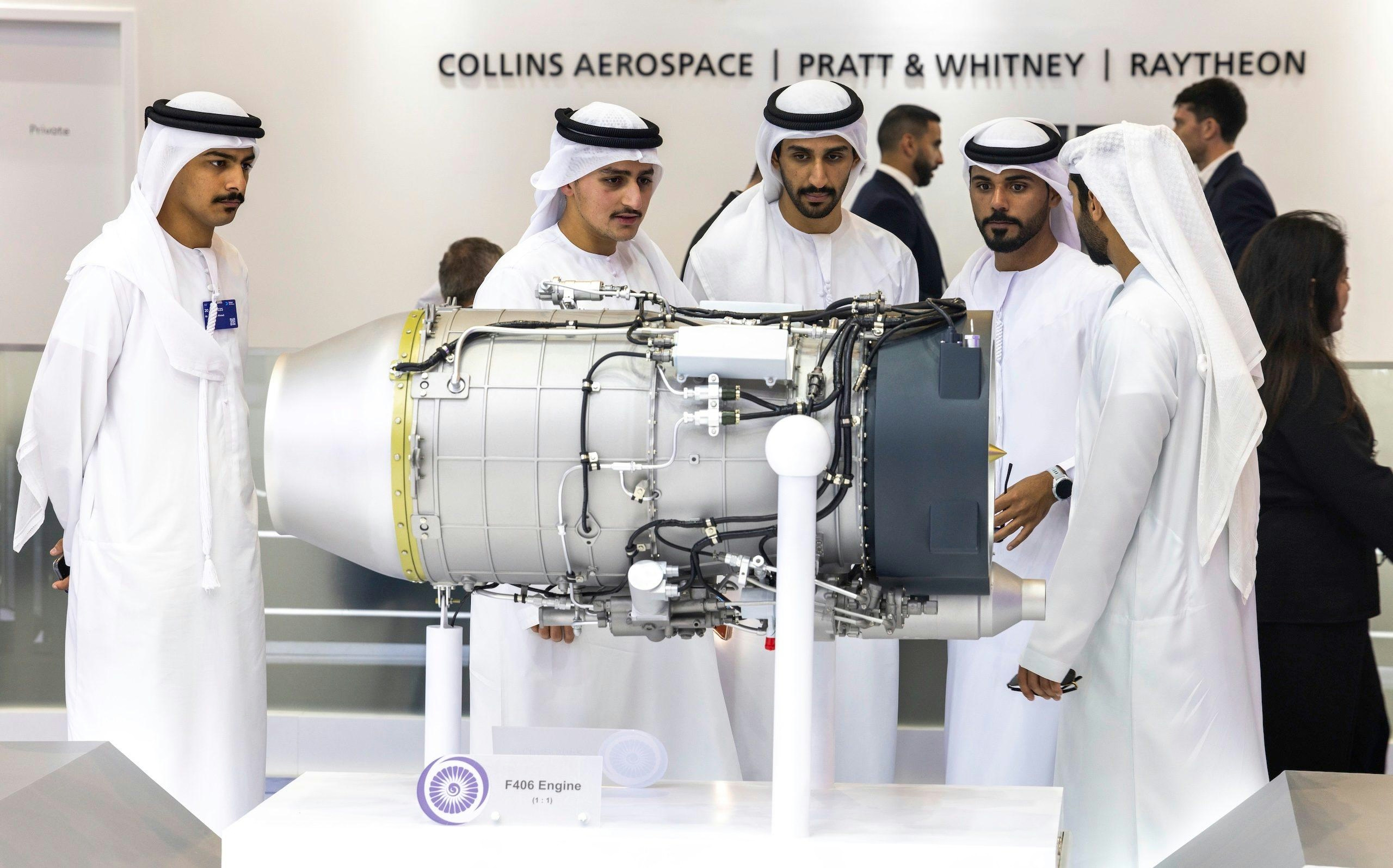
Mega Orders May Strain Aviation Supply Chains
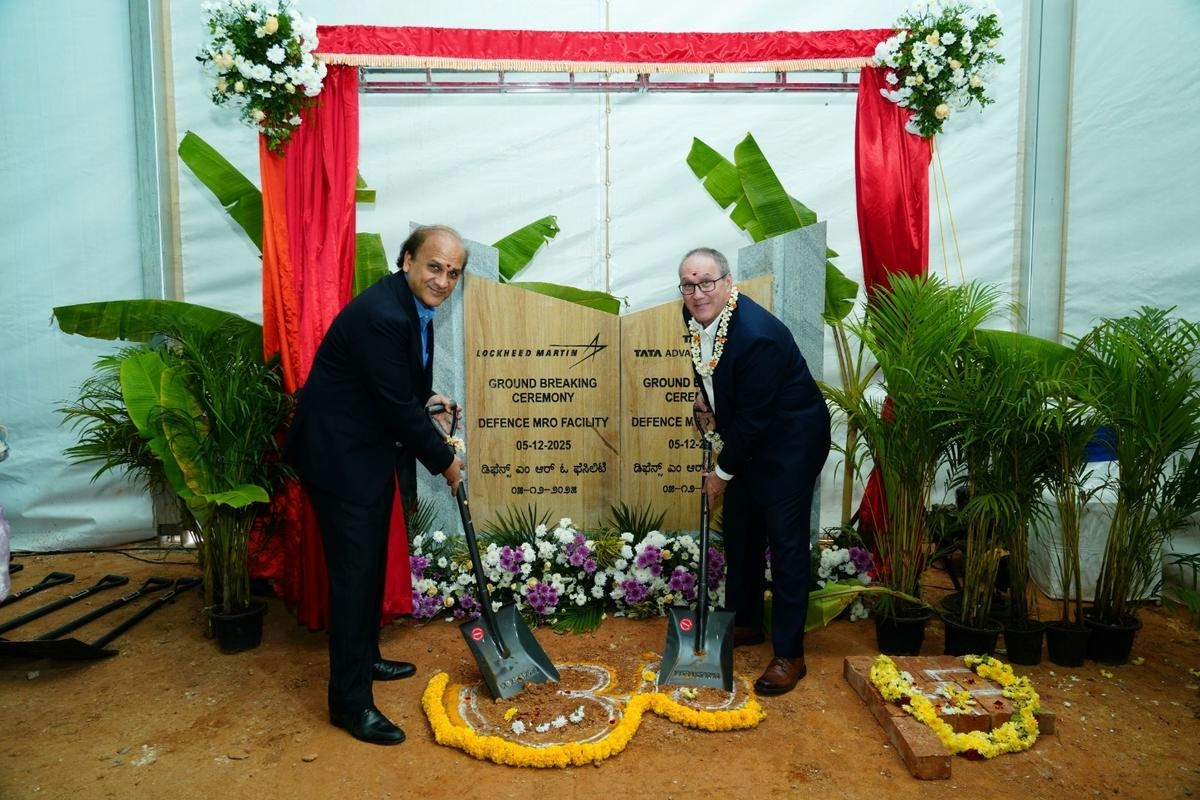
MRO Facility for C-130J Super Hercules Planned in Bengaluru, First Aircraft Expected in 2027
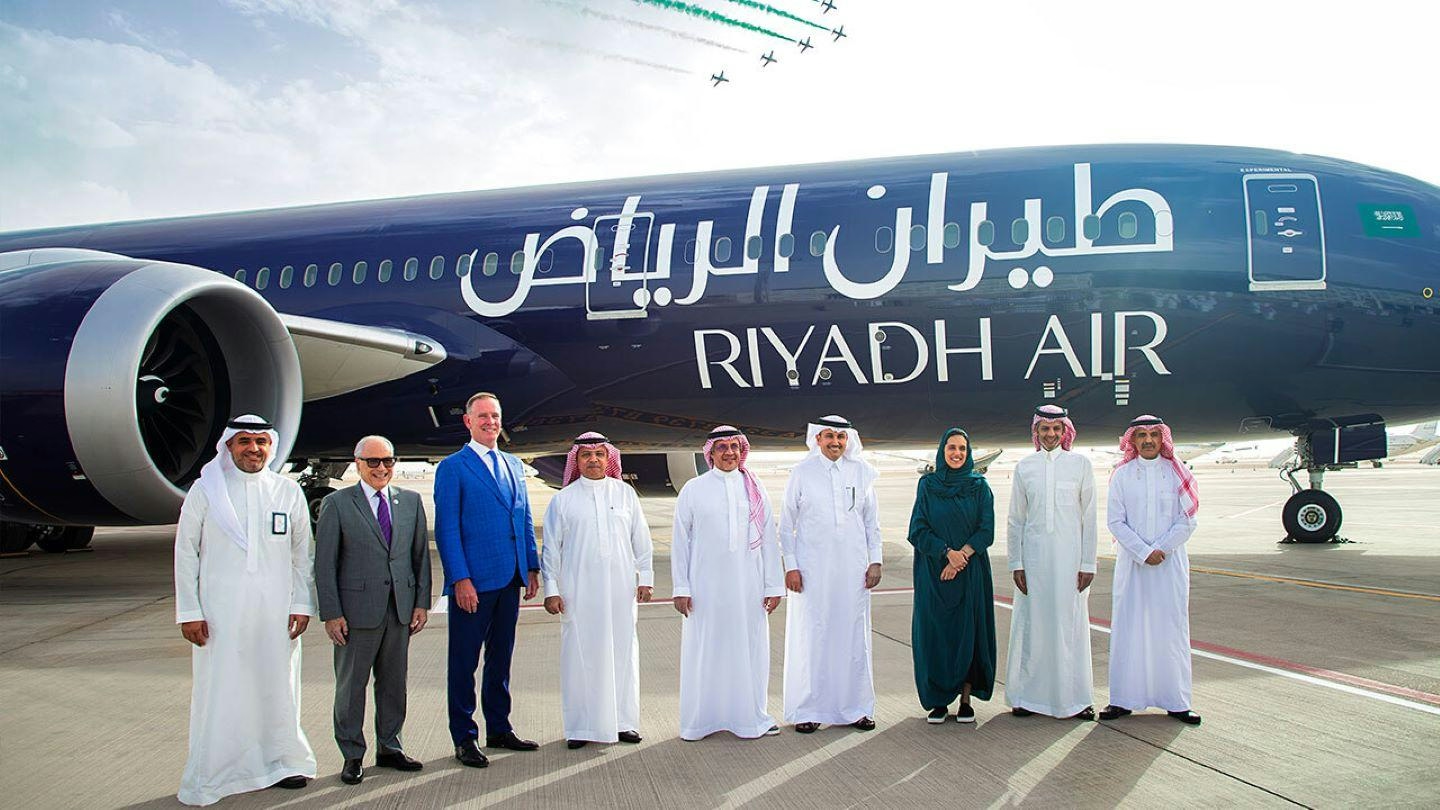
Riyadh Air and IBM Collaborate to Launch AI-Native Airline
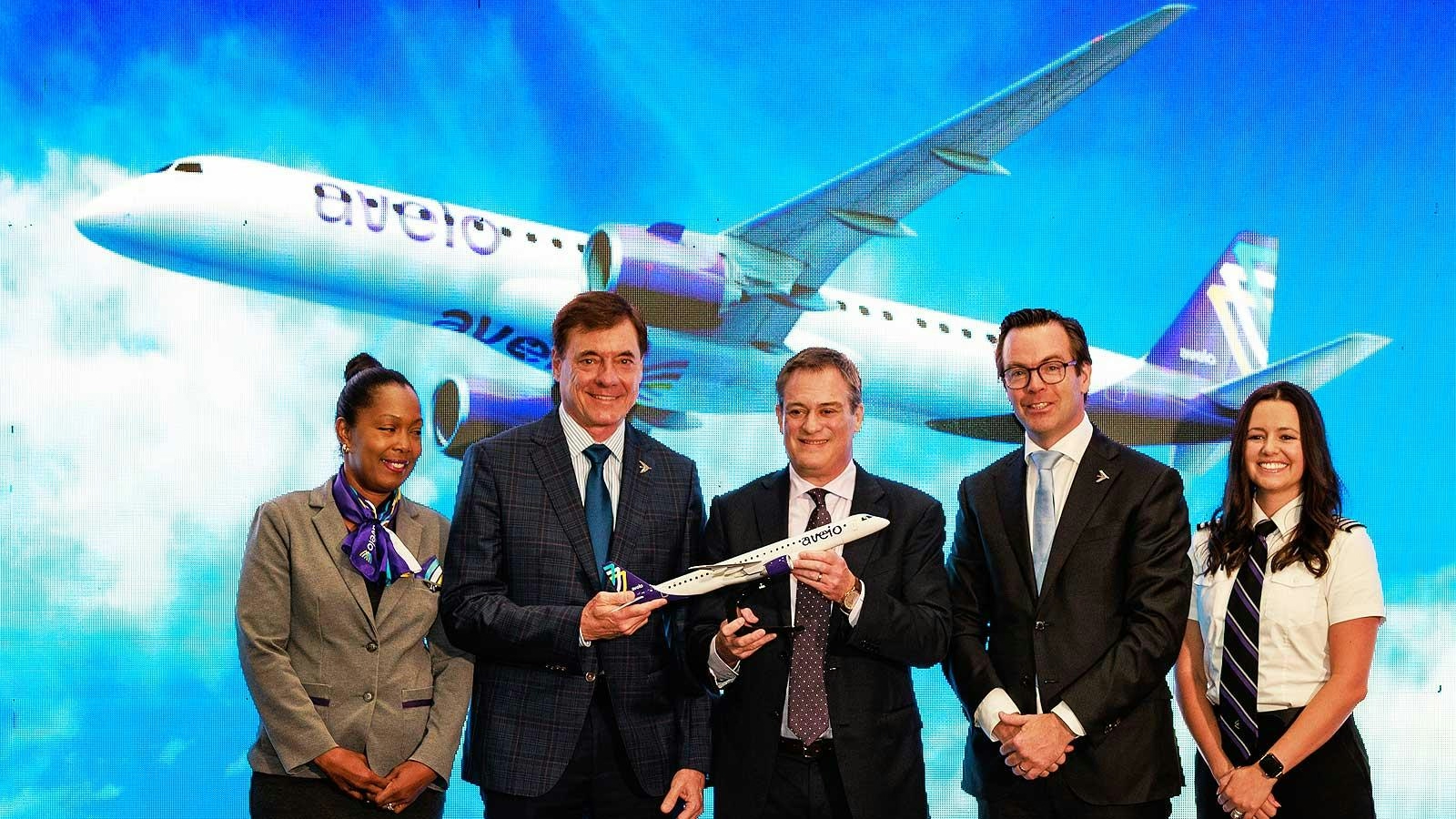
Future Aero Festival Highlights Embraer’s Innovations
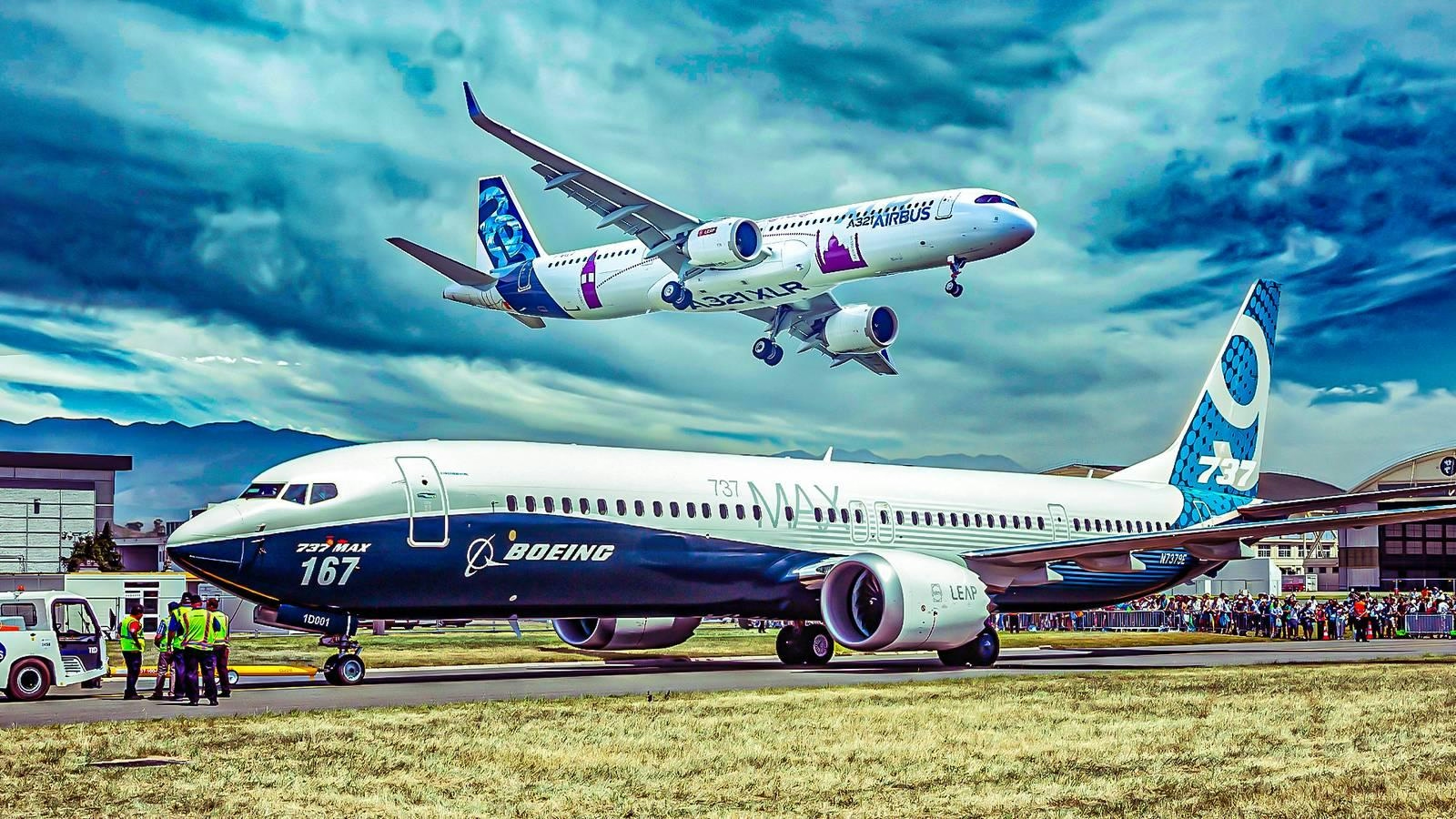
Range Comparison Between Airbus A321XLR and Boeing 737 MAX
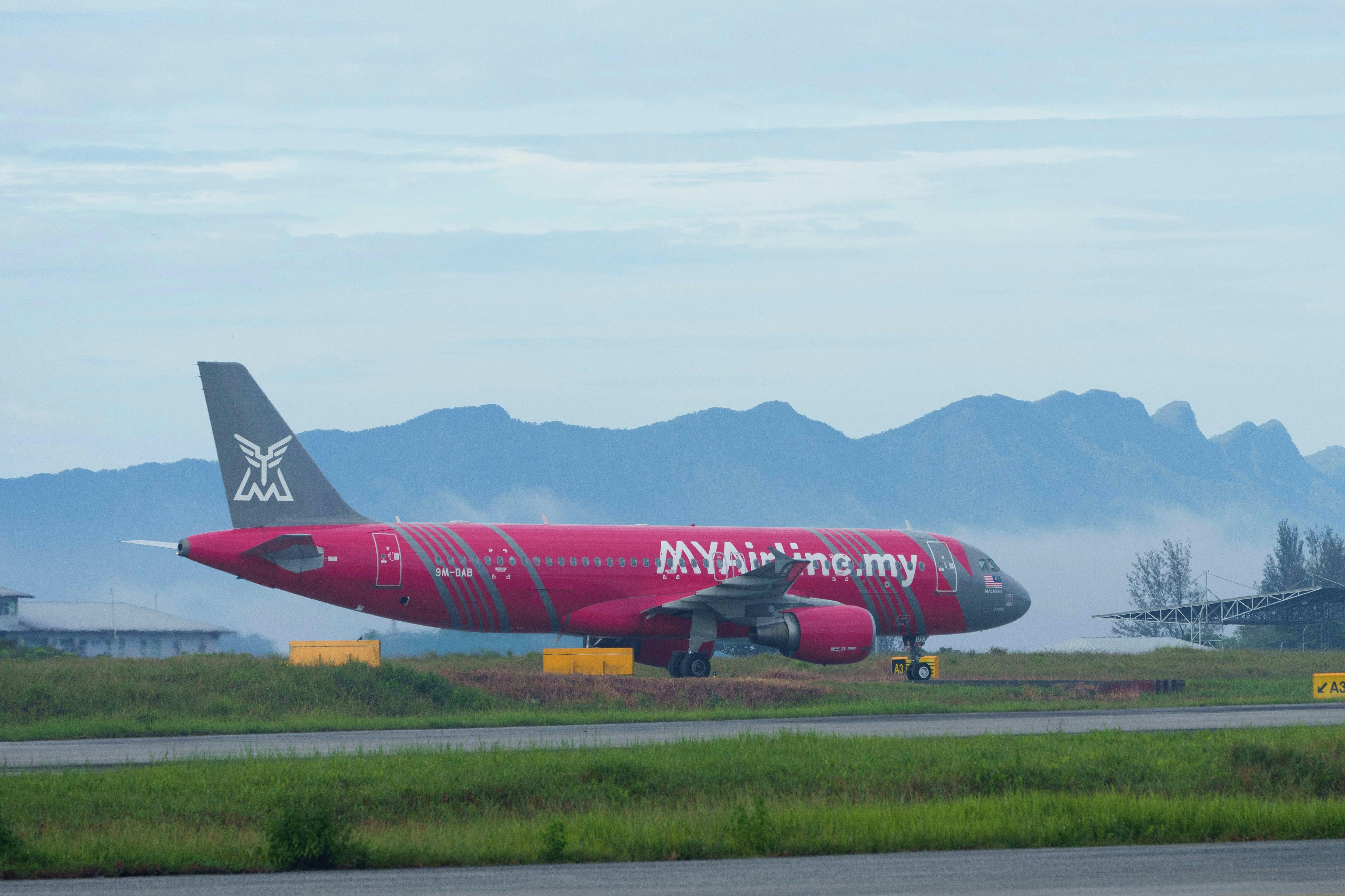
Malaysia Aviation Group Expands Fleet with New Deliveries and Pending Order
